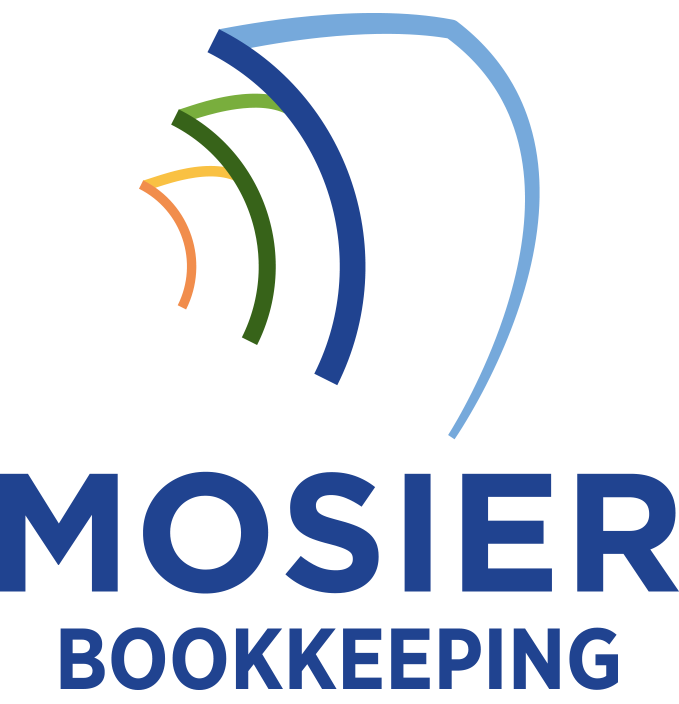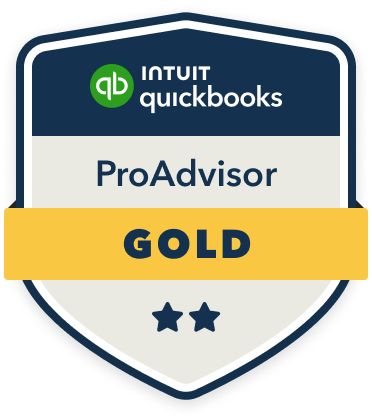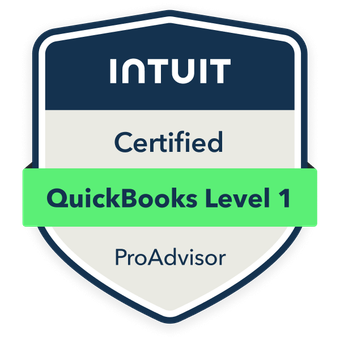To handle bookkeeping for high employee turnover, I recommend implementing a robust digital documentation system that tracks all employment tax transactions and personnel changes. You’ll need to maintain detailed records of terminations, new hires, and payroll adjustments while keeping tax forms accessible for at least seven years. Focus on establishing clear audit trails and digitizing all records to guarantee IRS compliance. Let’s explore the specific strategies that will streamline your bookkeeping processes.
Common Bookkeeping Challenges in High-Turnover Environments

While many businesses face standard bookkeeping challenges, companies with high employee turnover encounter unique financial tracking obstacles that can quickly snowball if left unaddressed. I’ve found that rapid personnel changes create complex payroll calculations, with frequent pro-rated wages and final paychecks disrupting normal accounting cycles. You’ll need to carefully track unemployment insurance rates, which typically rise with turnover. Benefits administration becomes particularly challenging, as you must manage multiple enrollment changes and COBRA notifications. Managing training costs, recruitment expenses, and temporary labor charges adds another layer of complexity to your chart of accounts and expense tracking.
Essential Payroll Management Strategies
Because high employee turnover creates constant payroll changes, implementing robust management strategies becomes essential for accurate bookkeeping. I recommend automating your payroll system to track new hires, terminations, and benefit changes in real-time. Establish standardized procedures for onboarding and offboarding to ensure consistent documentation.
I’ve found that integrating your payroll software with time-tracking systems minimizes errors and reduces manual entry. Create a dedicated chart of accounts for labor costs, segmented by department and position type. Set up regular reconciliation checkpoints to verify payroll tax calculations, withholdings, and benefit deductions. Maintain detailed records of pay rate changes and position shifts.
Tracking and Allocating Training Expenses
I’ll help you effectively manage training expenses by breaking them into clear categories like onboarding materials, instructor fees, and certification costs. When you amortize substantial training investments over their expected useful life, you’ll better understand the true cost per employee and align expenses with their benefits. I recommend maintaining detailed records of terminated employee training expenses to analyze turnover costs and identify opportunities for more cost-effective training methods.
Track Training Cost Categories
Since high employee turnover creates substantial training expenses, you’ll need a systematic approach to track and categorize these costs. I recommend dividing training expenses into three primary categories: direct instructional costs, materials and resources, and indirect overhead.
I track direct costs through instructor fees, employee training time, and certification expenses. For materials, I separate digital resources, printed materials, and equipment. I allocate indirect costs like facility usage, administrative support, and technology infrastructure.
This categorization lets me analyze cost-per-hire metrics, optimize spending patterns, and identify areas where I can reduce training expenses while maintaining effectiveness.
Amortize Training Investments
Training investments for high-turnover businesses should be amortized over the expected tenure of employees to accurately reflect costs. I recommend analyzing historical employee retention data to determine average employment duration and using this timeframe for amortization calculations.
I allocate training expenses across multiple accounting periods by dividing total costs by expected months of service. For example, if I spend $12,000 training new hires who typically stay 12 months, I’ll record $1,000 monthly as an operating expense. This method prevents cost distortion in any single period and provides clearer insights into my true operational expenses.
Document Terminated Employee Expenses
Three key expenses must be documented when employees terminate: remaining training costs, separation pay, and replacement hiring expenses.
I recommend categorizing these costs in your general ledger under “Employee Migration Expenses” with distinct sub-accounts for each type. Track unamortized training investments through the termination date, and document all severance or contractual separation payments. Include exit interview costs, final payroll processing fees, and COBRA administration expenses.
For replacement costs, I’ll help you create separate entries for recruitment, background checks, and onboarding expenses. This detailed documentation guarantees accurate cost analysis and helps optimize your future hiring and retention strategies.
Managing Benefits and Insurance Adjustments
I’ll help you track mid-year benefit plan changes through meticulous documentation of enrollment dates, coverage modifications, and termination records. Managing COBRA requirements necessitates maintaining detailed records of qualifying events, notification dates, and premium payments to guarantee compliance with federal regulations. When dealing with high employee turnover, I recommend setting up separate ledger accounts for each insurance carrier and creating monthly reconciliation processes to detect discrepancies between payroll deductions and carrier invoices.
Track Mid-Year Plan Changes
Businesses with high turnover must vigilantly monitor mid-year changes to employee benefit plans and insurance adjustments. I recommend implementing a thorough tracking system that flags all modifications to health, dental, vision, and life insurance plans throughout the year.
When employees switch plans or coverage levels, I’ll help you document each change in your accounting software, ensuring accurate premium calculations and payroll deductions. I’ll also set up automatic alerts for qualifying life events that trigger plan adjustments. This proactive approach prevents billing errors, maintains compliance, and streamlines reconciliation of benefit-related expenses against carrier invoices.
COBRA Documentation Requirements
The rigorous documentation requirements of COBRA demand meticulous record-keeping for all benefit-eligible employees who separate from your company. I recommend maintaining a separate COBRA tracking system to monitor notification deadlines, premium payments, and coverage periods. You’ll need to document every step of the COBRA process to protect your business from potential compliance issues.
- Record the exact date and method of COBRA notification delivery to each qualified beneficiary
- Track premium payment schedules and maintain detailed records of all transactions
- Document coverage elections, terminations, and any qualifying events that trigger COBRA rights
Keep these records for at least six years to meet federal retention requirements.
Streamlining Documentation and Record-Keeping Systems

Anyone managing a business with frequent employee changes needs an efficient system for handling documentation and records. I recommend implementing a digital document management system that automatically categorizes and stores employee files, tax forms, and payroll records. You’ll want to create standardized templates for onboarding and offboarding processes to guarantee consistency and compliance.
Set up automated workflows that trigger necessary documentation steps when an employee joins or leaves. I’ve found that integrating your HR software with your accounting system eliminates duplicate data entry and reduces errors. Use cloud storage with proper security protocols to maintain accessibility while safeguarding sensitive information.
Best Practices for Tax Compliance and Reporting
Maintaining precise tax compliance requires vigilant tracking of employee-related tax obligations throughout each fiscal year. I recommend implementing rigorous processes to handle W-2s, 1099s, and quarterly tax filings for your constantly changing workforce.
- Set up automated payroll tax calculations and withholding systems that instantly update when employees join or leave
- Create a dedicated tax compliance calendar with automated alerts for filing deadlines
- Maintain digital copies of all tax forms, including terminated employee documentation, for at least seven years
I’ll guarantee you’re equipped to handle IRS inquiries by establishing clear audit trails and maintaining accurate records of all employment tax transactions.









